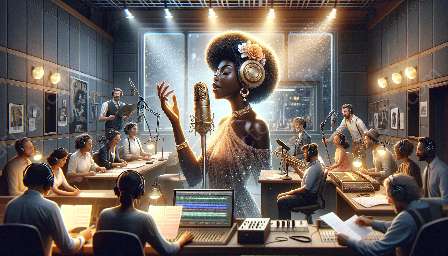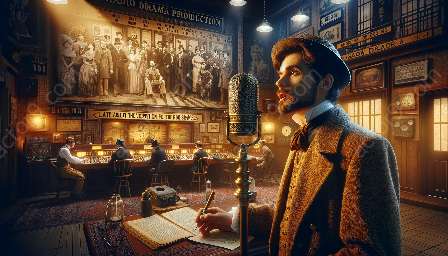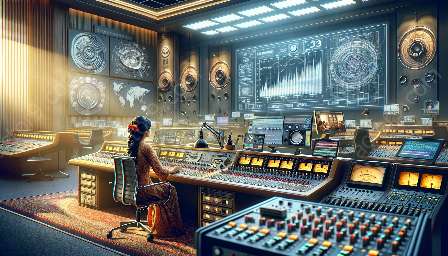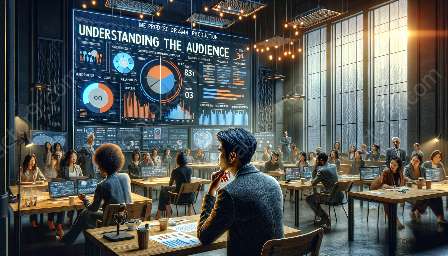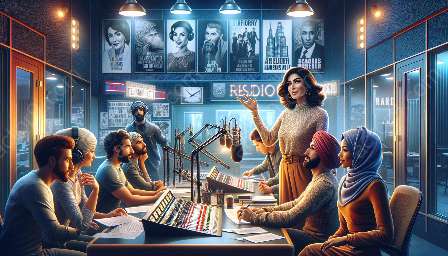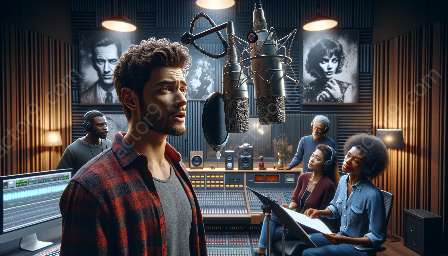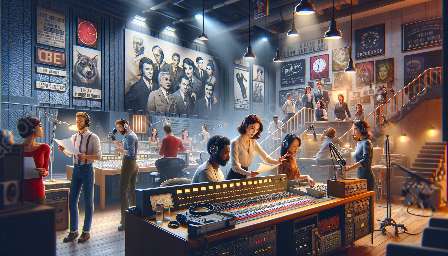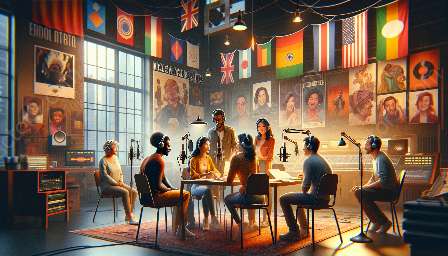Radio drama brings together the art of storytelling with the nuances of performance, playing a pivotal role in the realm of performing arts disciplines. The creation of compelling radio dramas requires a deep understanding of the audience to effectively captivate and engage listeners.
Understanding Audience in Radio Drama Production
Understanding the audience is crucial in radio drama production, as it directly impacts the success and reception of the piece. Radio dramas rely on the power of audio to convey emotions, narratives, and characters, making it vital for producers to comprehend their target audience’s preferences, sensibilities, and cultural background.
Through meticulous research and audience analysis, producers can tailor the content, characters, and themes to resonate with the intended listeners. This ensures that the radio drama resonates with the audience, evokes emotional responses, and maintains relevance.
Radio Drama Production
Radio drama production involves a multifaceted process that encompasses scriptwriting, voice acting, sound design, and post-production. Each stage contributes to the creation of an immersive auditory experience that transports listeners into the world of the narrative.
Scriptwriting: Crafting a compelling script is the foundation of a successful radio drama. The script determines the storyline, character development, dialogues, and pacing, all of which are pivotal in captivating the audience.
Voice Acting: Voice actors bring the characters to life, infusing them with personality, emotions, and depth through their vocal performances. Skilled voice actors can convey a range of emotions and create a captivating audio experience for the audience.
Sound Design: The use of sound effects, music, and ambient noise accentuates the storytelling in radio drama. Sound designers meticulously curate and integrate auditory elements to heighten the dramatic impact and immerse the audience in the narrative environment.
Post-Production: The final stage involves editing, mixing, and refining the audio elements to deliver a polished production. The collaborative efforts of the production team culminate in a cohesive and captivating radio drama that is ready for broadcast.
Interplay with Performing Arts Disciplines
Radio drama production intersects with various performing arts disciplines, leveraging elements of theater, voice acting, sound engineering, and storytelling. The fusion of these disciplines enriches the creative process and elevates the artistic quality of radio dramas.
The influence of theater is evident in the emphasis on vocal expression, character portrayal, and the creation of a vivid imaginary space through sound. Voice acting techniques draw from the traditions of stage performance, requiring actors to convey emotions and nuances exclusively through their voices.
Additionally, sound engineering and design in radio drama production parallel the technical aspects of live theater production. Sound designers meticulously construct sonic landscapes to complement the narrative, similar to how stage designers create immersive sets.
The collaborative nature of radio drama production mirrors the ensemble dynamics of theater, showcasing the synergy between performers, writers, directors, and technicians in bringing a story to life.

